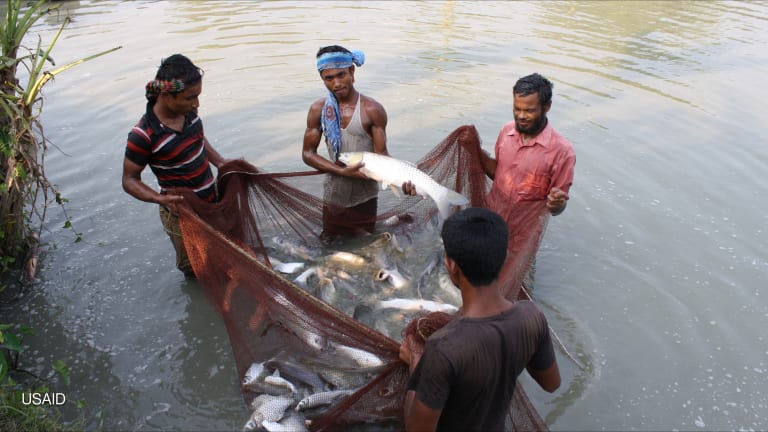One billion people – that's how many will go hungry this year, according to the Food and Agriculture Organization.
"We have never seen so many hungry people in the world," said FAO Director General Jacques Diouf.
Yet the challenge of feeding them is also an opportunity. If you have any interest in growing food, this is a great time to make a career of it.
As the ancient Chinese proverb suggests, the best way to address the problem of hunger is not by filling stomachs but by filling minds. With the recent success of the fertilizer subsidy program in Malawi, the idea of focusing on building agricultural capacity and delivering farm inputs rather than doling out food has taken deeper root in the past couple years .
It's spread across Africa, with the Comprehensive Africa Agriculture Development Program and Alliance for a Green Revolution in Africa, among other initiatives.
It's also a key part of the U.S. strategy to fight terrorism.
"We're going to do intensive training with Pakistani and Afghani agricultural experts and researchers," Secretary of State Hilary Clinton said May 6.
She was talking about the Borlaug Fellows Training Program, which selects and trains promising young developing world scientists and agricultural experts at U.S. universities and research centers. The program is named after Norman Borlaug, an American agricultural expert who won the Nobel Peace Prize in 1970 for kick-starting the Green Revolution in India.
The Borlaug Institute at Texas A&M University is one of the top spots to learn about international agriculture and its place in development. The institute works regularly with the U.S. Agency for International Development and Agriculture Department to design and implement programs like Afghan PEACE and Rwanda SPREAD.
And you don't have to be a student. Midcareer professionals can apply to the Borlaug Institute's five-day course on designing development programs, which takes place this July. Lessons will include identifying priorities, considering national policies and avoiding the usual pitfalls of development.








